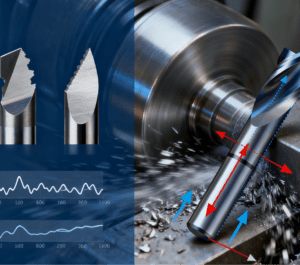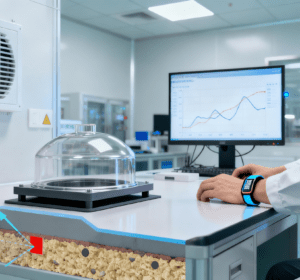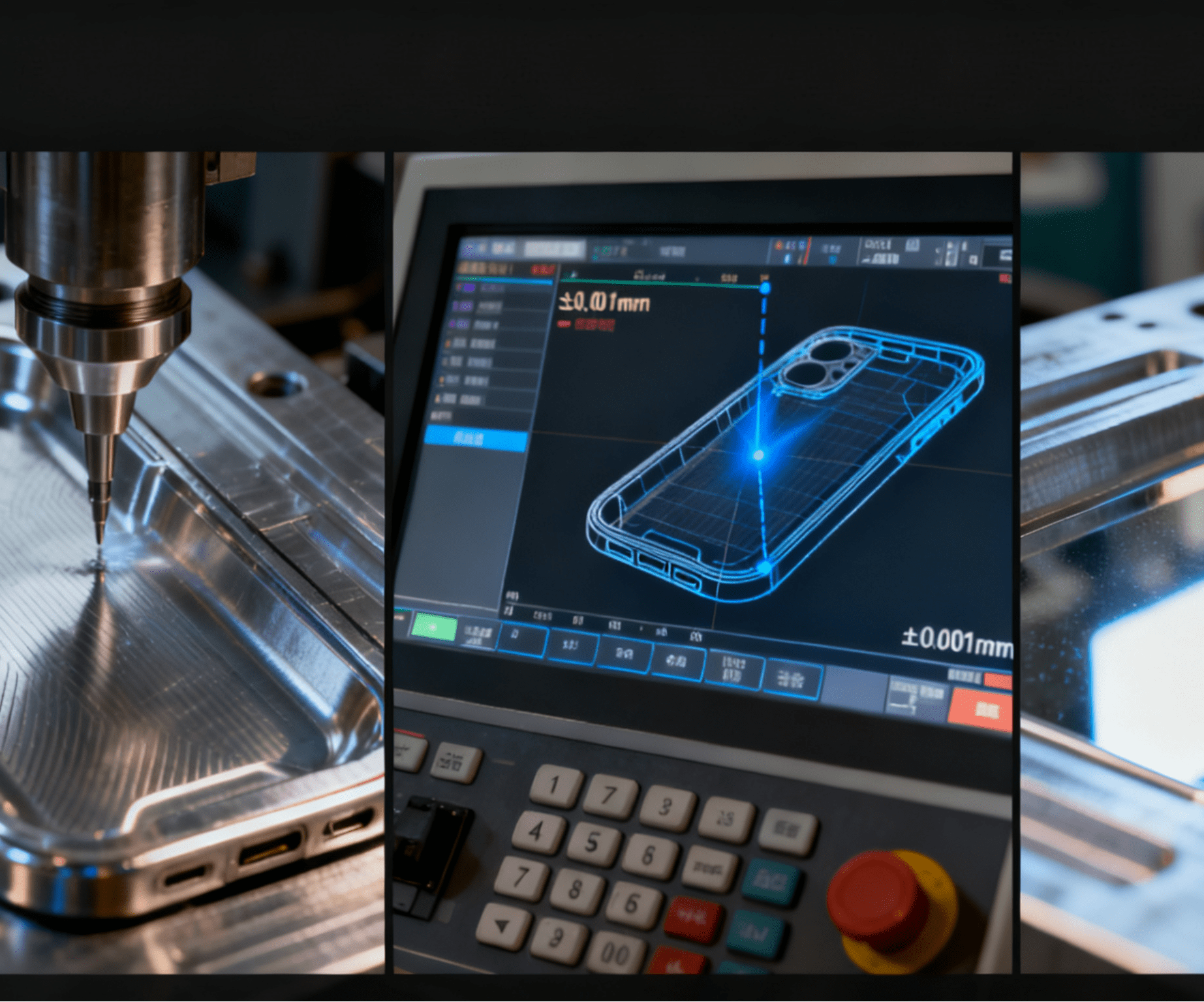
In fields such as precision mechanical machining, CNC (Computer Numerical Control) precision machining, and medical component machining, surface roughness is one of the key indicators for measuring product quality. A smooth surface not only enhances the aesthetic appearance of the product but, more importantly, improves its performance and service life. So, how can surface roughness be effectively optimized in precision machining?
Rational Selection of Cutting Parameters
Cutting parameters have a direct impact on surface roughness.Cutting speed is the primary consideration. In CNC machining, appropriately increasing the cutting speed can reduce fluctuations in cutting force, thereby lowering surface roughness. For example, when machining aluminum alloy parts, a higher cutting speed allows chips to be discharged more smoothly, preventing scratches on the machined surface. For the core components of biological indicator assembly machines—such as the precision sealing chambers and reagent delivery nozzles that demand ultra-low roughness to ensure sterility and leak-proof performance—targeted cutting parameter matching is critical. Taking the 316L stainless steel chambers as an example, setting the cutting speed to 90-100m/min and the feed rate to 0.015-0.02mm/r enables stable chip formation and discharge, avoiding micro-scratches caused by uneven cutting force, while controlling the surface roughness within Ra0.2μm to meet the strict sterility assembly requirements. However, a higher cutting speed is not always better; excessively high speeds may accelerate tool wear, which in turn impairs surface quality.Feed rate is also a critical parameter. A smaller feed rate enables the tool to leave finer cutting marks on the workpiece surface, thus reducing surface roughness. Nevertheless, an overly small feed rate will decrease machining efficiency, so a balance must be struck between the two.Depth of cut should not be overlooked either. A suitable depth of cut ensures the stability of the cutting process and avoids the deterioration of surface roughness caused by excessive cutting force.
Optimization of Tool Selection and Usage
The selection and usage of tools are crucial for surface roughness.The properties of tool materials, such as hardness, wear resistance, and heat resistance, directly affect the cutting effect. In mold machining, using cemented carbide tools or ceramic tools—compared to ordinary high-speed steel tools—can maintain sharpness at higher cutting speeds, reduce tool wear, and thus achieve better surface quality.The geometric shape of the tool also cannot be ignored. Parameters such as the tool’s rake angle, relief angle, and edge inclination angle influence the distribution of cutting force and the formation of chips. A reasonable design of the tool’s geometric shape can make the cutting process more stable and reduce surface roughness.Additionally, regularly inspecting and replacing tools to ensure they are always in good cutting condition is an important measure to optimize surface roughness.

Improving the Stability of the Machining Process System
The stability of the machining process system is the foundation for ensuring surface quality.In CNC machining in Dongguan, the accuracy and rigidity of machine tools have a significant impact on surface roughness. High-precision and high-rigidity machine tools can reduce vibration and deformation during the machining process, thereby lowering surface roughness. Regular maintenance and calibration of machine tools are necessary to ensure that all their performance indicators meet requirements.The workpiece clamping method also affects machining stability. Selecting appropriate fixtures and clamping methods to ensure the workpiece is secure and reliable during machining can prevent vibration caused by workpiece loosening, which would otherwise affect surface quality.Meanwhile, rationally arranging the machining sequence to reduce stress concentration during the machining process also helps improve the stability of the machining process system.
Controlling the Machining Environment
The machining environment also has a certain impact on surface roughness.Changes in temperature and humidity may cause thermal expansion and contraction of workpieces and tools, affecting machining accuracy and surface quality. During precision machining, maintaining stable temperature and humidity in the machining environment can reduce machining errors caused by environmental factors.Furthermore, reducing dust and impurities at the machining site and preventing them from entering the machining area play a positive role in optimizing surface roughness.
In precision machining, by means of rationally selecting cutting parameters, optimizing tool selection and usage, improving the stability of the machining process system, and controlling the machining environment, surface roughness can be effectively optimized, product quality can be improved, and the strict requirements for precision component machining in different fields—including the core parts of biological indicator assembly machines—can be met.
What is the market price of a continuous motion multi-piece special-shaped machine?




















